Gregory Wong on Japanese food, TV and ‘Plan B’
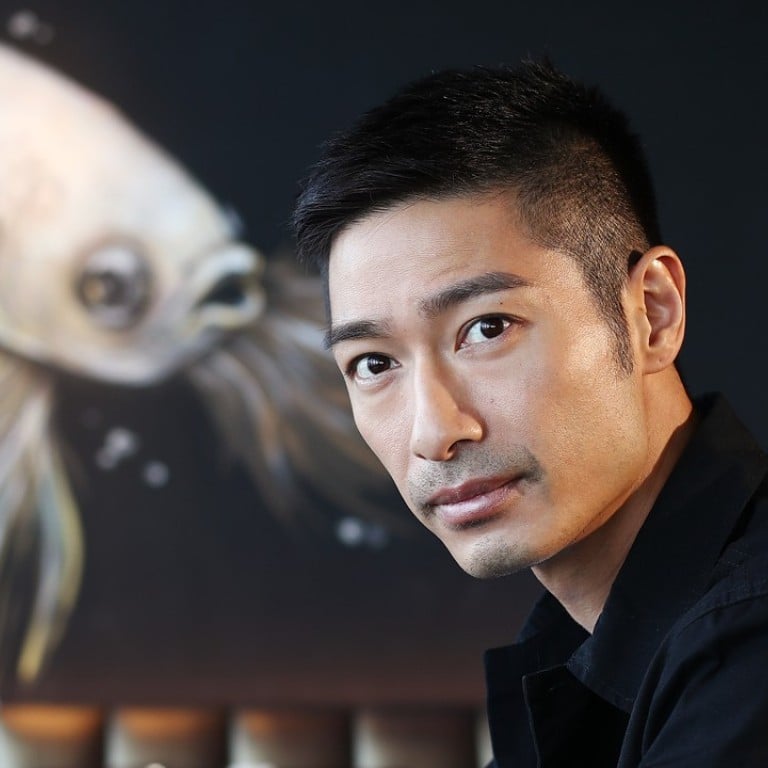
When it comes to eating out in Hong Kong, it’s obvious that actor Gregory Wong is quite an expert.
The names of his favourite restaurants roll off the tip of his tongue so fast that it almost sounds practised – except it isn’t.
Throughout lunch he peppers the conversation with questions about whether I know this place or that place, leading to both parties doing a fair amount of googling.
Luckily, we have invited the popular actor to try a completely new place – ANA Ten – which hasn’t popped up on his radar yet.
ANA Ten is a modern Japanese restaurant located in Ocean Terminal’s new waterfront extension. It comes with a stunning panoramic view of both sides of the harbour, which is best enjoyed from the patio outside. The restaurant is also the latest addition to LUBUDS F&B Group’s string of restaurants, and takes pride of place as its most high-end fine dining establishment.

“I drove here today,” he explains, as he skims past the cocktails list and heads straight to the non-alcoholic section.
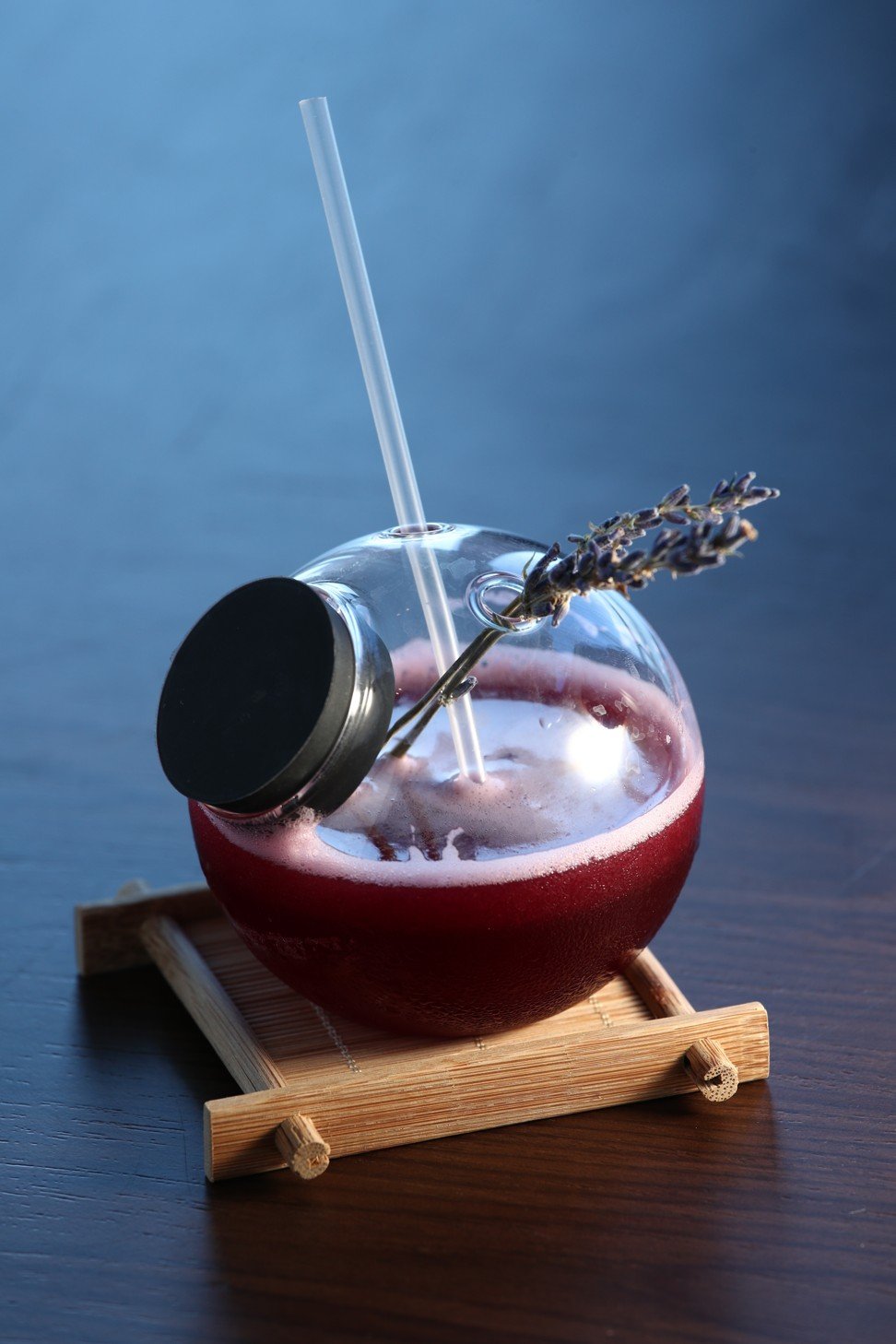
While we wait for our lunch to arrive we find ourselves talking about our favourite restaurants in town.
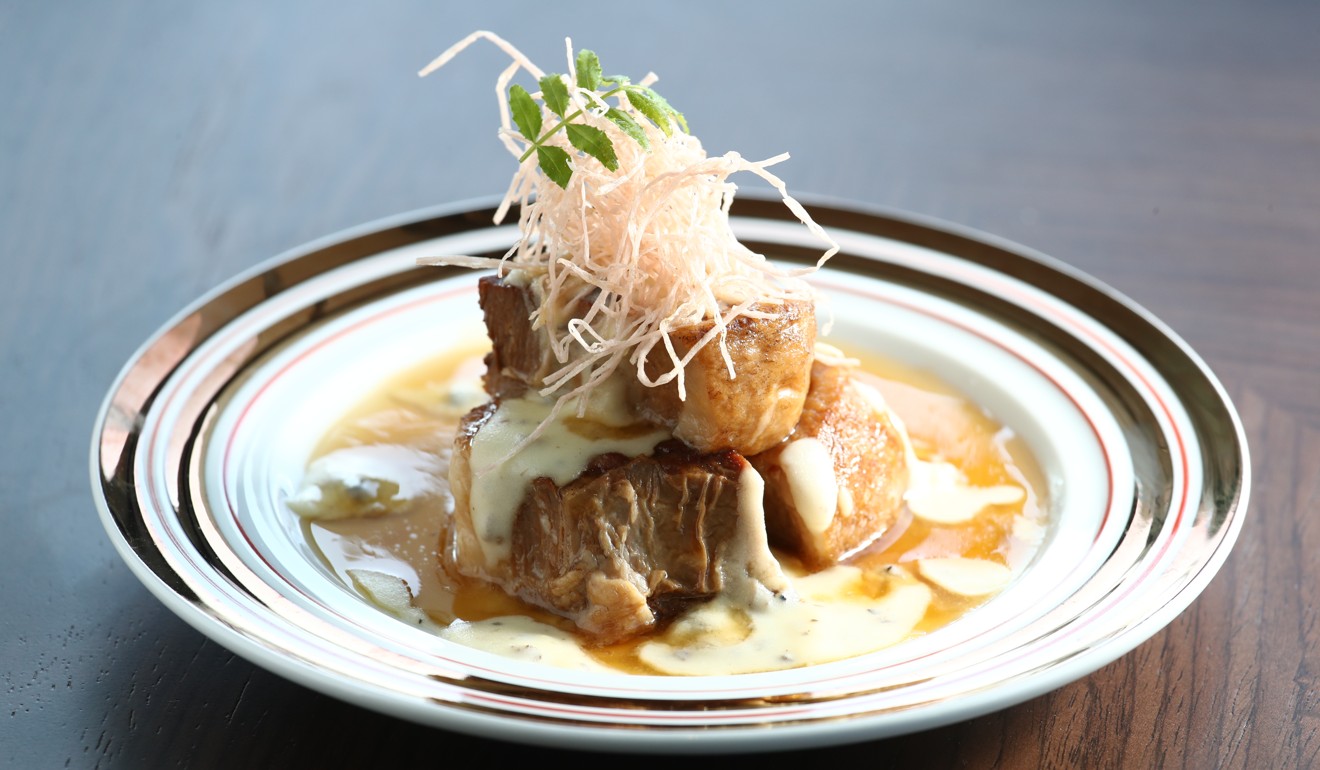
We are only interrupted when the first dish, Hokkaido pork belly stew with mashed Hokkaido Baron potato truffle sauce, arrives. It is a twist on the traditional but a no kakuni, a braised pork belly dish whereby, instead of braising the pork belly, it is slow-cooked at 60 degrees Celsius for six hours, to ensure tenderness. “Wow, you can barely pick it up, it’s that soft,” Wong says, in admiration of the dish. “You can taste the fatty bit that runs to the back of your throat immediately, and then you have the meat part, which is quite chewy … You can really feel how soft it is. The aftertaste is really clean.”
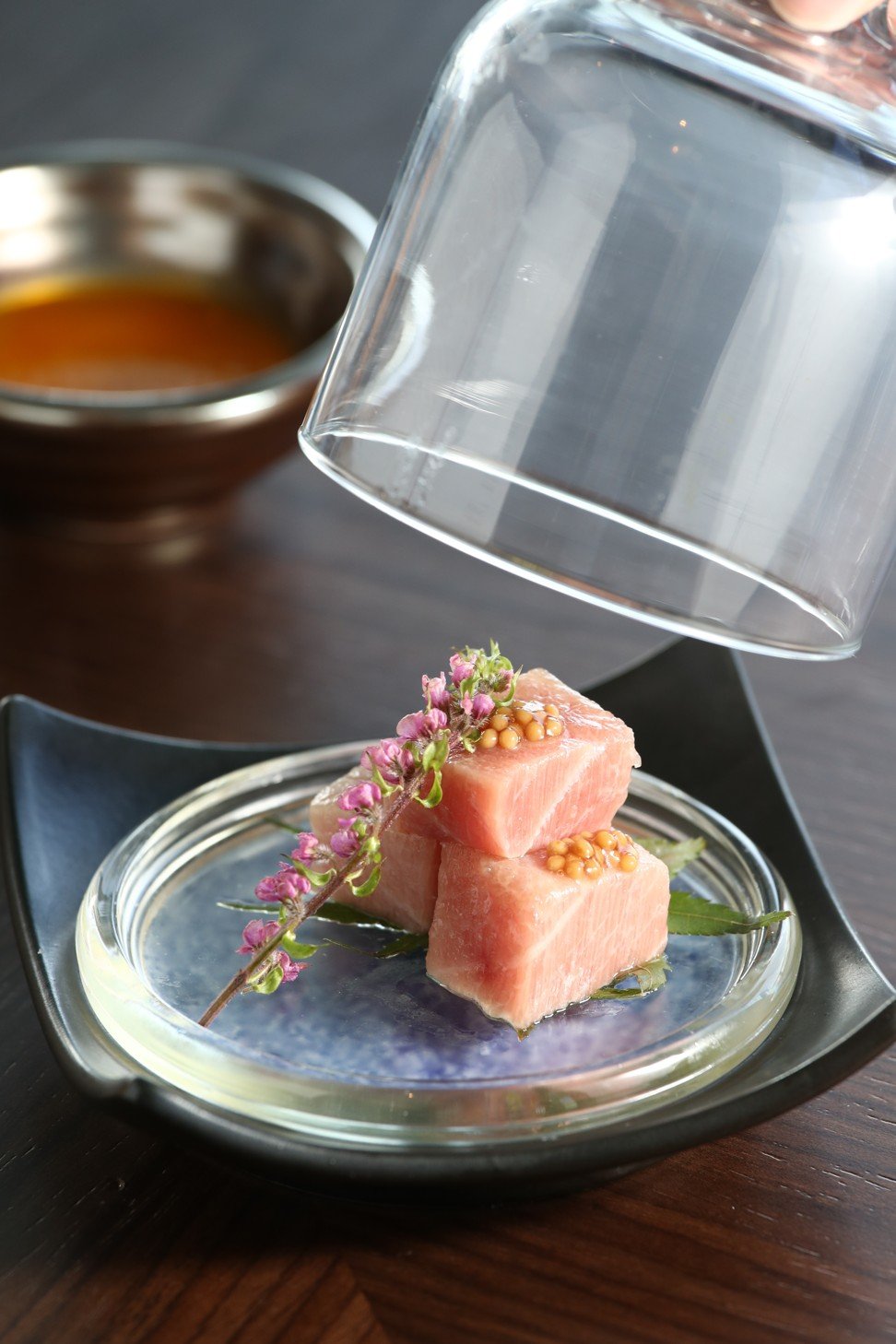
“[I started my career] in Taiwan first and then I went on to Japan for a few promotions,” he says. “[Later] I started picking up Japanese and then I went back to do a few commercials in Japan, and shot a short series for NHK [TV].
“I moved back [to Hong Kong] when my contract ended in Taiwan. There was a role that I had come back to do, so I thought that was about the time that I [should move] back to try out my career here. That was in 09.”
And he hasn’t looked back since – or moved elsewhere.
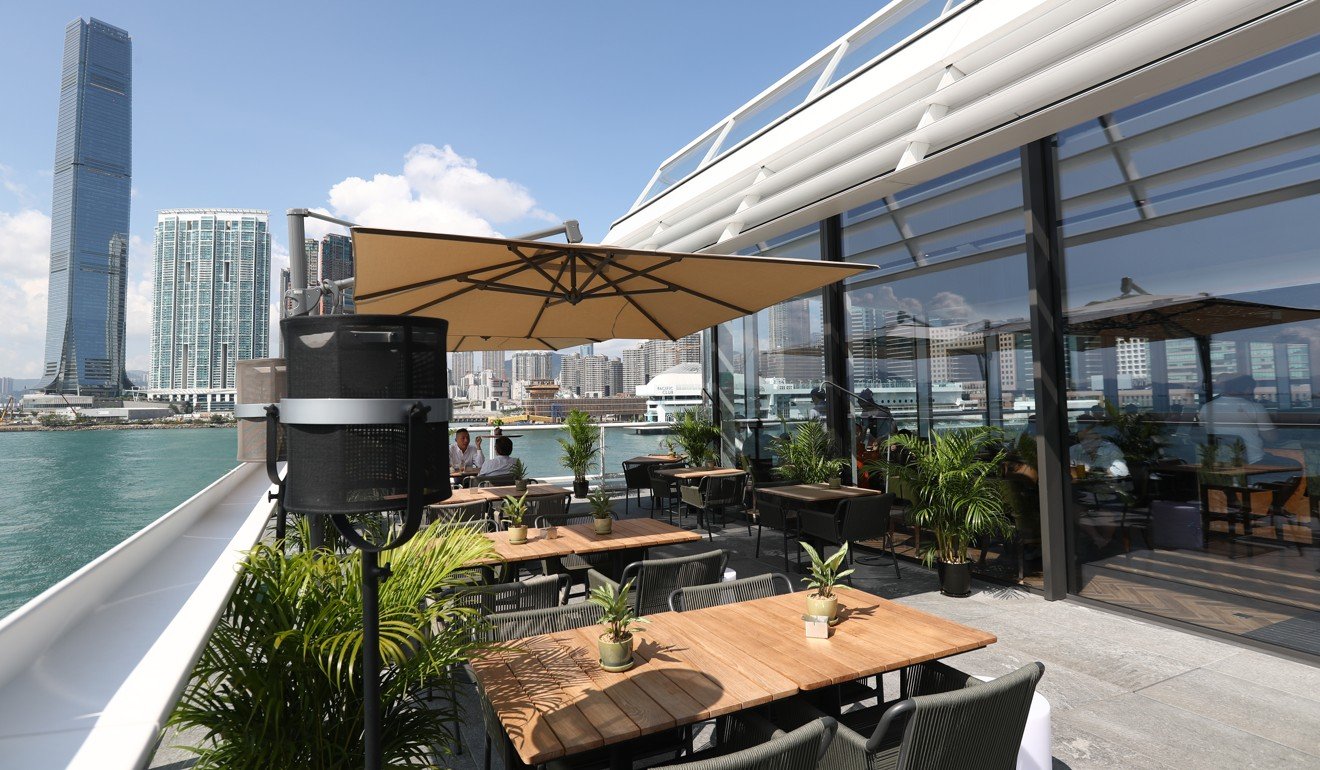
“It’s basically about a story of three kidnappers. They kidnap a tycoon’s daughter and they ask for ransom, but then they get mixed up with Yuen Long gangsters,” he says, introducing the premise of the series.
TV drama in Hong Kong seems to be tailored around all the housewives’ tastes
“I play one of the kidnappers, but it’s not only about the kidnapping. [It’s also about] trying to pull off something else at the same time. It’s kind of ambitious, but we’re nobody – so everything goes wrong. We’re not very experienced. We thought we were very clever in [our planning of the kidnapping], but the whole thing goes wrong,” he says.
“We bump into these bigger guys, the real local gangsters, and a guy who is a local politician. This guy has two identities: he’s a politician [but] he is also the nephew of one of the local power underlords who likes to kill people for fun.”
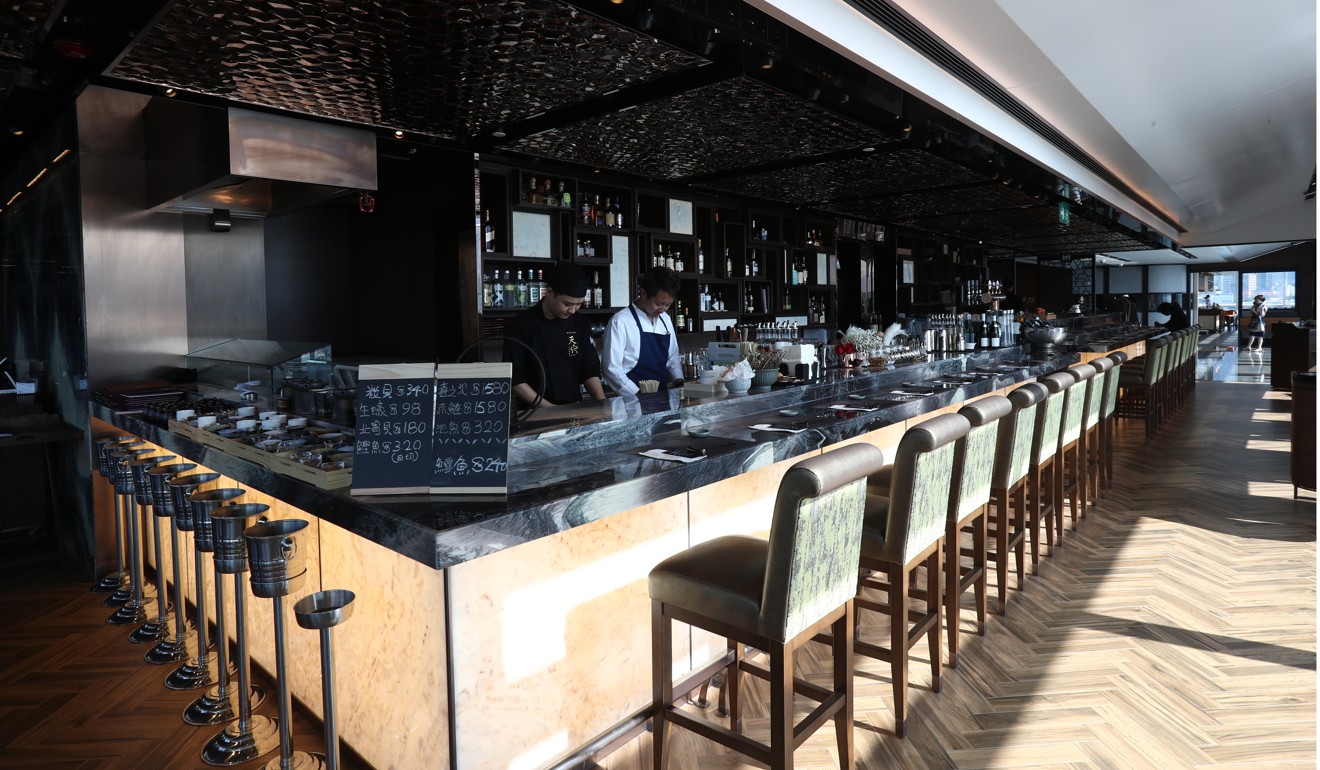
The tuna is smoky and the egg yolk dipping sauce is creamy and smooth, but the slightly sweet yet tangy mustard seeds cut right through it.
“The egg yolk kind of adds a different texture to the whole taste,” remarks Wong, as he reaches for another cube of tuna.
The yellowtail is another hit. “It’s very fresh,” he notes.
A post shared by Good Eating Magazine (@goodeating_scmp) on Sep 18, 2017 at 9:01pm PDT
But it is the scallop that blows him away. “Wow,” he says, after taking a bite. The scallop tempura is deliberately left in a half-cooked and half-sashimi state, and paired with a crunchy tempura skin.
“It comes on a bed of sea urchin paste, made by mixing the uni with fresh mustard and oil from tuna loins.
“When you mix it with the uni sauce it kind of enriches the whole dining experience,” he says, as he scoops up the remaining uni sauce from the bowl it came in. “Don’t waste it,” he warns – half joking, half serious.

“There’s not that many [TV programmes] that may interest people who enjoy drama [series],” he says. “TV drama in Hong Kong seems to be tailored around all the housewives’ tastes, so all of the TV dramas that have been produced for the past five to 10 years have been very soap opera-y; so that kind of drove young people away from watching TV.”
He has been working with ViuTV, Hong Kong’s newest free-to-air TV station which some would argue is a game-changer.
“I’ve been with them since the beginning,” Wong says. “It’s new, fresh and young. And they’re open to new ideas. The last [drama series] we did, 3 Haters, was a weird genre. It was nothing like the typical drama that we have in Hong Kong.”
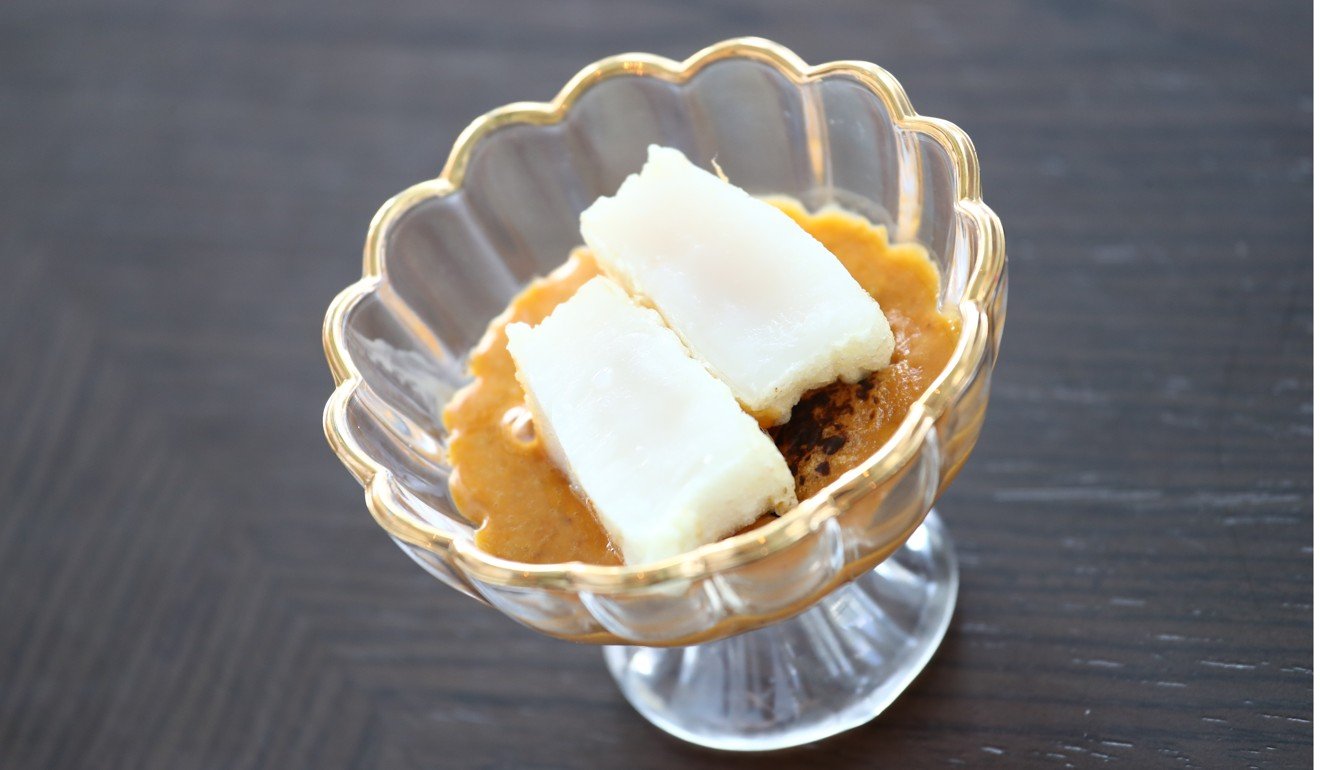
“You can really taste the uni because it’s so rich and so fresh,” Wong says. “The saga beef is really soft and milky and melts in your mouth – but then the uni comes out really quickly.”
Lunch ends not with dessert, but with a single mantis shrimp tempura with crab paste. The crab paste is a mixture of miso and crab fat, first boiled and then cooked on a low heat to create a smooth, creamy consistency.
“The shrimp flavour is so strong,” Wong notes. “Very nice. I think it’s good for an evening dish, where you can have a little bit of sake or beer [with it].”
This article was originally published in Good Eating

The Hong Kong actor has played many challenging roles, but requires no script when it comes to expressing his enjoyment of Japanese cuisine